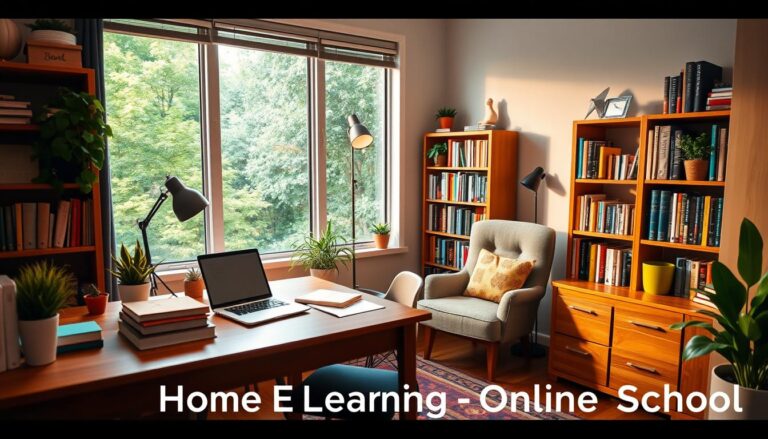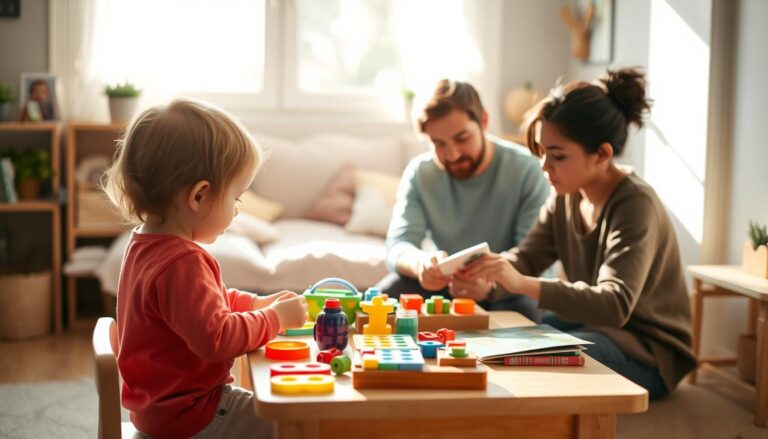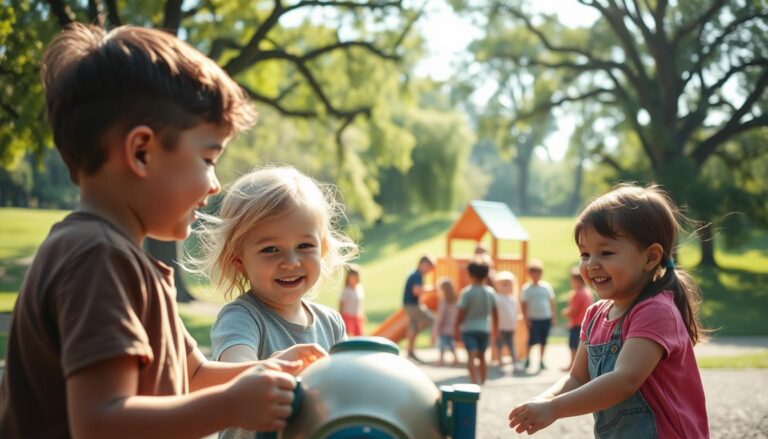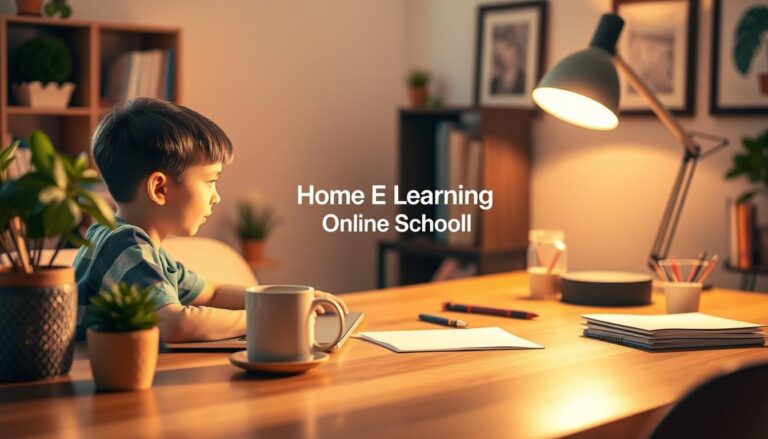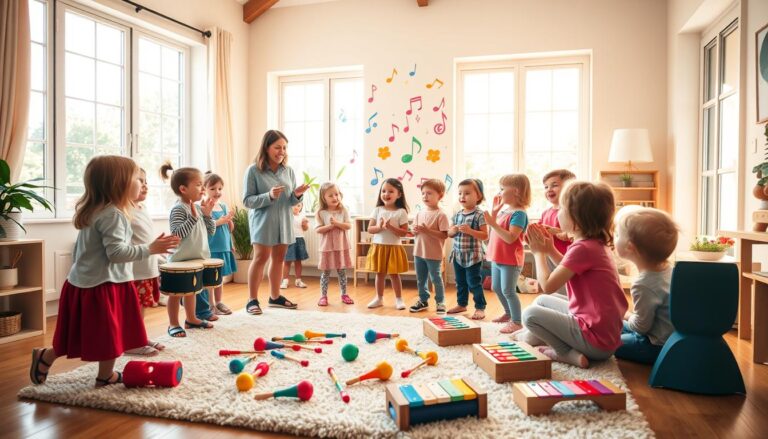Art Projects for Cognitive Development
Have you ever wondered how something as simple as painting or crafting can shape your child’s mind? Cognitive development in early years is crucial, and creative play offers a unique way to nurture it. We’re here to guide you through projects that blend fun with learning, designed specifically for little hands and curious minds.
From painting with crayons to crafting with paper, these ideas are more than just play. They help improve fine motor skills, boost creativity, and encourage self-expression. Whether it’s a sticker collage or a handprint masterpiece, each activity is a step toward building a stronger foundation for your child’s future.
Tailored for parents in India, these projects are practical, easy to execute, and perfect for home settings. Let’s explore how simple materials like paint, paper, and a little imagination can make a big difference in your child’s development.
Introduction to Art Projects for Cognitive Development
Creative play isn’t just fun—it’s a powerful tool for shaping young minds. In the early years, children’s brains are like sponges, absorbing every experience. Simple projects, like painting or crafting with paper, can unlock their potential in surprising ways.
We believe in the power of open-ended activities. These projects focus on the process, not the final product. This approach encourages kids to explore, experiment, and express themselves freely. It’s about fostering curiosity and creativity.
Setting the stage for creative growth has long-term benefits. Studies show that early exposure to the arts enhances cognitive functions and emotional intelligence. It also helps develop fine motor skills, which are crucial for tasks like writing.
Our goal is to inspire parents to create a rich creative environment at home. With just a few materials—like paint, paper, and a little imagination—you can nurture your child’s development. Let’s dive into how these projects can make a difference.
Why Creative Play Matters
Creative play is more than just an activity. It’s a way for kids to explore the world around them. Through hands-on projects, they learn problem-solving, self-expression, and even emotional regulation.
Research highlights the importance of art in early childhood. For example, a study by the Society for Research in Child Development found that kids from lower-income families benefit greatly from creative opportunities. These experiences foster balanced development, both emotionally and intellectually.
| Benefit | Description |
|---|---|
| Cognitive Growth | Enhances problem-solving and critical thinking skills. |
| Motor Skills | Improves fine motor abilities through activities like painting and cutting. |
| Emotional Wellness | Encourages self-expression and reduces stress. |
| Social Skills | Promotes collaboration and communication in group activities. |
By integrating creative play into daily routines, parents can help their kids thrive.
The Benefits of Art Activities for Toddlers
Exploring creative projects can unlock a world of benefits for young minds. These hands-on experiences go beyond fun, helping kids develop essential skills in their early years. From improving coordination to fostering emotional wellness, the impact is profound.
Enhancing Cognitive and Motor Skills
Creative play is a powerful way to boost cognitive growth. When kids engage in painting or crafting, they learn problem-solving and critical thinking. These activities also improve fine motor skills, like hand-eye coordination and finger dexterity.
For example, using a brush or cutting paper helps strengthen small muscles. This prepares them for tasks like writing and drawing. Research shows that such activities enhance executive function, teaching kids to plan and focus step by step.
Fostering Sensory Exploration and Emotional Wellness
Sensory play is another key benefit. Materials like paint and paper allow kids to explore textures and colors. This stimulates sensory integration, helping them understand pressure and spatial awareness.
Creative projects also provide a safe outlet for self-expression. They reduce stress and build self-esteem as kids complete tasks successfully. Studies show that art-based activities lower anxiety and promote emotional well-being.
- Improves problem-solving and critical thinking.
- Strengthens fine motor skills and hand-eye coordination.
- Encourages sensory exploration and emotional expression.
- Builds self-esteem through successful task completion.
Art Activities Toddlers Love
Why do little ones naturally gravitate toward creative exploration? Open-ended play offers them the freedom to experiment, discover, and express themselves without rigid rules. This type of engagement is not only fun but also essential for their development.
Engagement Through Open-Ended Play
Toddlers are drawn to activities that let them explore textures, colors, and materials freely. For example, a simple sticker collage encourages them to rip, stick, and arrange items as they please. This fosters creativity and problem-solving skills.
Such projects also build self-confidence. When kids complete tasks independently, they feel a sense of accomplishment. This motivates them to try new challenges and explore further.
Open-ended play also enhances motor skills. Activities like painting or cutting paper strengthen little hands, preparing them for tasks like writing. These experiences are both educational and enjoyable.
Setting up a playful environment can transform a regular day into a memorable experience. With just a few materials, parents can create opportunities for their children to experiment and learn.
- Encourages spontaneous creativity and exploration.
- Builds self-confidence through independent tasks.
- Develops motor skills and problem-solving abilities.
- Transforms everyday moments into skill-building opportunities.
Sensory-Rich Open-Ended Art Projects
Sensory-rich projects offer a unique way to engage young minds while fostering creativity and skill development. These hands-on experiences encourage exploration of colors, textures, and shapes, making them perfect for curious little ones. Let’s dive into two simple yet impactful ideas that prioritize the process over the final result.
Rip & Stick Sticky Collage
This project is a sensory delight, combining tactile feedback with fine motor skill development. Start by gathering construction paper, contact paper, and safety scissors. Kids can rip the paper into small pieces, enhancing their finger strength and coordination.
Next, stick the pieces onto the contact paper, creating a colorful collage. The sticky surface provides a mess-free experience while allowing continuous adjustments throughout the day. This activity not only boosts creativity but also encourages problem-solving as kids decide where to place each piece.
- Improves fine motor skills through ripping and sticking.
- Encourages sensory exploration with different textures.
- Promotes creativity and decision-making.
No Paint Watercolour Painting
Transform a simple piece of paper into a masterpiece with this no-paint technique. Secure a large sheet of watercolour paper with painter’s tape, leaving a white border. Kids can use water and brushes to blend colors, creating vibrant designs.
The white border adds a polished touch, making the artwork stand out. This project enhances sensory engagement as kids explore the effects of water on paper. It’s a calming activity that fosters focus and innovative thinking.
- Encourages exploration of colors and textures.
- Promotes focus and creativity.
- Provides a mess-free, sensory-rich experience.
Both projects emphasize the joy of creation, inviting kids to experiment and learn through play. These sensory-rich activities are perfect for fostering cognitive and motor skills in a fun, engaging way.
Mess-Free and DIY Art Projects at Home
Looking for creative ways to keep your little one engaged at home? Mess-free projects are the answer. These DIY ideas are perfect for busy parents who want to encourage creativity without the stress of cleanup. Using simple supplies like paint, paper, and everyday items, you can create fun and educational experiences for your kid.
Bubble Wrap Stomp Activity
This activity combines movement and creativity for a unique sensory experience. Place a piece of bubble wrap on the floor and cover it with washable paint. Let your toddler stomp, dance, and jump on it to create textured prints. It’s a great way to improve motor skills while having fun.
Once the paint dries, you’ll have a colorful piece of art to display. This project is mess-free since the bubble wrap keeps the paint contained. It’s also a fantastic way to introduce textures and patterns to your child.
Foamy Painting Fun
Foamy paint is easy to make with everyday ingredients. Mix shaving cream, glue, and food coloring in a bowl. Use a sponge or brush to apply the mixture to paper or a plate. The fluffy texture adds a sensory element that kids love.
This activity encourages independent exploration and creativity. Plus, it’s mess-free since the foam sticks to the paper. For more ideas on cognitive development through mess-free and DIY art projects, check out our preschool program.
Both projects are simple to set up and use supplies you already have at home. They’re perfect for a fun-filled day of play and learning.
Practical Guidelines and Safety for Toddler Art Play
Ensuring a safe and creative environment for your little one’s playtime is essential for their growth. We believe that with the right materials and setup, you can foster creativity while keeping safety a top priority. Here’s how to make it happen.
Using Non-Toxic, Kid-Friendly Materials
Choosing the right supplies is the first step to a safe craft experience. Opt for non-toxic materials that are specifically designed for young children. Look for labels like “conforms to ASTM D4236” to ensure safety.
Avoid products with warnings like “Keep Out of Reach of Children” or “Not for Use by Children.” These may contain harmful chemicals. Instead, use washable paints, child-safe scissors, and glue sticks to minimize risks.
Establishing a Creative Workspace
Creating a dedicated space for play can make a big difference. Use drop cloths or protective coverings to keep surfaces clean. Easy-to-clean tables and floors are ideal for messy projects.
Organize supplies in labeled containers for quick access. This not only keeps the area tidy but also encourages independence as toddlers can choose their materials. A well-structured workspace fosters focus and creativity.
- Select non-toxic, kid-friendly materials for safe play.
- Set up a dedicated workspace with protective coverings.
- Organize supplies to encourage independence and creativity.
- Establish cleanup routines for a stress-free experience.
By following these guidelines, you can create a safe and inspiring environment for your toddler’s creative journey. With the right approach, playtime becomes a joyful and enriching experience for both kids and parents.
Creative Painting Techniques for Early Development
Innovative painting techniques can spark curiosity and growth in young minds. These methods go beyond traditional approaches, encouraging kids to explore and experiment. By introducing unconventional ideas, we help them develop essential skills while fostering creativity.
Upside Down Drawing Experiment
The Upside Down Drawing Experiment is a unique way to challenge motor planning. Kids draw or paint while holding their paper upside down. This adds an element of novelty and helps improve gross motor skills.
This technique encourages children to think differently. It also enhances their ability to focus and adapt. By breaking free from traditional methods, they learn to approach tasks with a fresh perspective.
The Calming Effects of Process Art
Process art focuses on the journey, not the final product. It allows kids to express themselves freely without worrying about outcomes. This approach is particularly effective in developing mindfulness and self-esteem.
Studies show that sensory-rich experiences, like process art, can reduce stress. They also promote emotional well-being. By encouraging exploration, we help children build confidence and autonomy.
| Benefit | Description |
|---|---|
| Mindfulness | Encourages focus and reduces stress through sensory engagement. |
| Self-Esteem | Builds confidence by allowing kids to create without judgment. |
| Creativity | Fosters innovation by breaking free from traditional art molds. |
| Motor Skills | Enhances fine and gross motor abilities through hands-on activities. |
These creative techniques are designed to nurture both skills and imagination. By incorporating them into daily routines, we can help children thrive in their early years.
Integrating DIY Ideas and Home Resources for Art Projects
Discover how everyday household items can transform into engaging learning tools for your child. With a little creativity, you can turn simple materials into meaningful projects that inspire growth and imagination. We’re here to show you how to make the most of what you already have at home.
Budget-Friendly Crafting and Resourceful Supplies
Creating fun and educational experiences doesn’t have to be expensive. By using common items like bubble wrap, recycled paper, and old magazines, you can design projects that are both cost-effective and sustainable. These materials are not only easy to find but also encourage kids to think outside the box.
For example, bubble wrap can be used for a stomp painting activity. Just spread it on the floor, add some washable paint, and let your toddler jump and dance to create unique prints. This activity improves motor skills while keeping cleanup minimal.
Recycled paper is another versatile resource. Use it for collages, origami, or even homemade books. These projects teach kids about reusing materials while fostering creativity. Plus, they’re perfect for a rainy day or a quiet afternoon at home.
- Transform household items into engaging learning tools.
- Use bubble wrap and recycled paper for mess-free projects.
- Encourage sustainability and creativity through resourceful crafting.
- Design activities that fit into your weekly routine without extra costs.
By integrating these DIY ideas, you can maintain a steady flow of creative play at home. These projects not only save money but also teach valuable lessons about resourcefulness and innovation. Let’s make crafting a joyful and enriching part of your child’s week.
Conclusion
Simple DIY ideas can spark big changes in your child’s development. Through craft and play, kids build essential skills like problem-solving, motor coordination, and creativity. These projects are more than just fun—they’re tools for growth.
Process art, which focuses on exploration rather than the final product, helps kids express themselves freely. Sensory-rich activities, like using bubble wrap or foamy paint, engage their senses and enhance learning. These experiences are both enjoyable and educational.
We encourage parents to try these DIY projects at home. With safe, non-toxic materials, you can create a space for playful learning. Every moment of creativity is an opportunity for your child to grow and thrive.
Share your experiences with us! Let’s celebrate the transformative power of hands-on play in shaping young minds.


